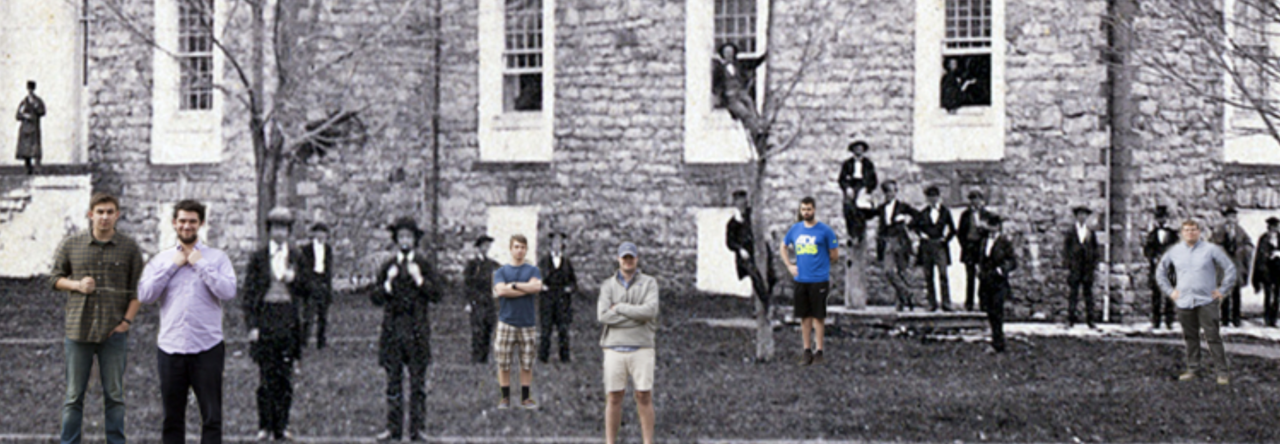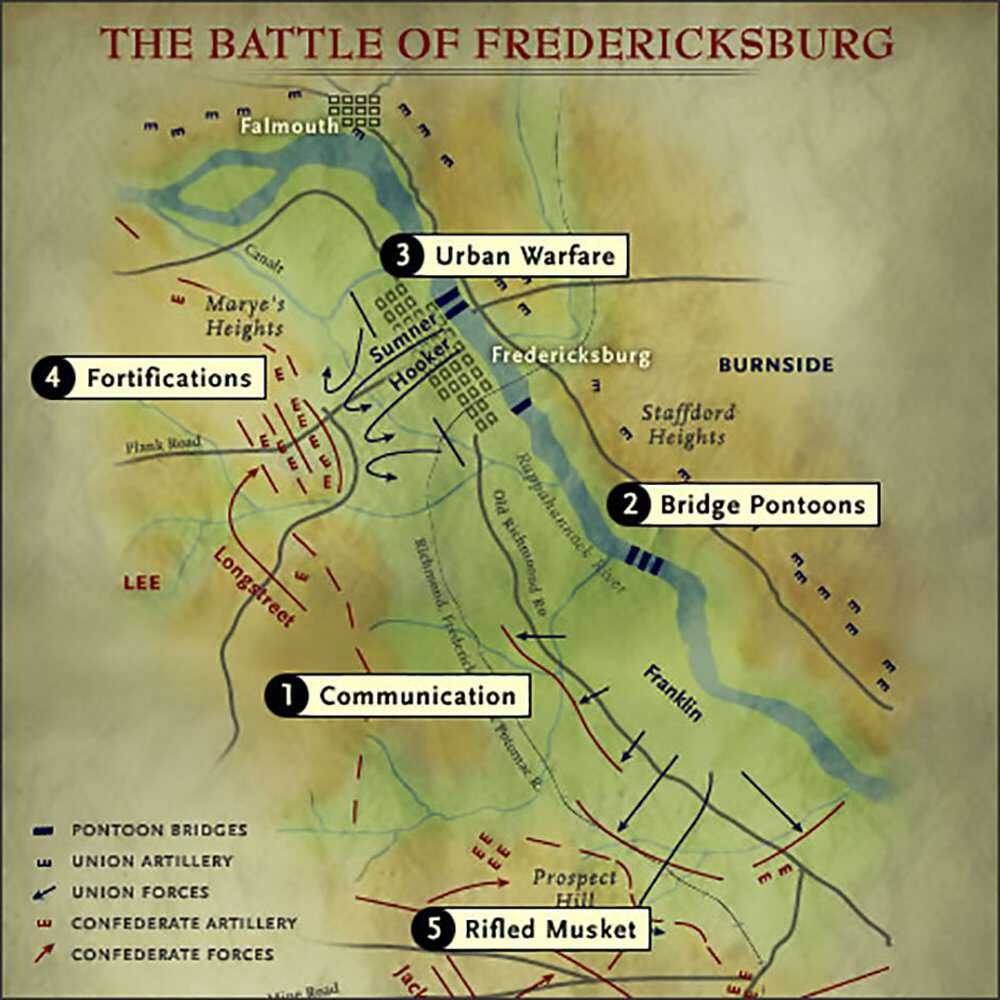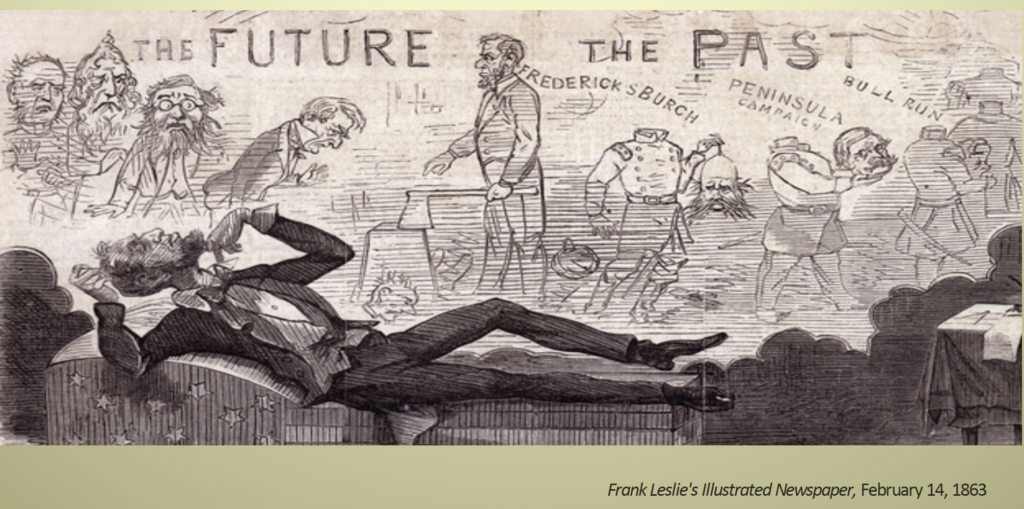Varon, Chapters 5: FALL / WINTER 1862-63
- This Righteous Decree
- “Liberating” Kentucky
- Vicksburg is the Key
- Forlorn Hope at Fredericksburg
- Lincoln’s Second Annual Message
Timeline
- September 17 // Battle of Antietam
- September 22 // Preliminary Emancipation Proclamation
- September 24 // Suspension of Habeas Corpus
- Sept & Oct // Battles of Iuka (Sept. 19) and Second Corinth (Oct. 3)
- October 8 // Battle of Perryville
- October 24 // Buell replaced by Rosecrans
- November 5 // McClellan replaced by Burnside
- December 1 // Annual Message
- December 13 // Battle of Fredericksburg
- December 18 // Lincoln’s cabinet crisis begins
- December 30 // Lincoln and cabinet revise final proclamation
- December 31 // Black groups sponsor watch night gatherings
- January 1 // Emancipation Proclamation
Understanding Confederate Strategy
Jefferson David and his high command adopted a hybrid ‘offensive-defensive’ strategy, which sought concentration of force to drive out invading armies. The strategy produced military victories, particularly once Robert E. Lee took command of Confederate forces in Virginia in the summer of 1862. –Varon, ARMIES, p. 17
- Three offensives in fall 1862
- Sept // Maryland campaign (Lee)
- Sept & Oct // Mississippi campaign (Price and Van Dorn)
- Sept & Oct // Kentucky campaign (Bragg and Smith)
Understanding Union Politics
We are now on the brink of destruction.–Abraham Lincoln, December 18, 1862
- Abolitionists
- Radical Republicans
- Moderate Republicans
- [Unionists]
- Border state conservatives
- War Democrats
- Copperhead Democrats
1862 (-63) Midterm elections
On the question of how the preliminary proclamation affected the fall elections of 1862, the record is ambiguous. Republicans did suffer setbacks, as Democrats picked up more than two dozen seats in Congress, with notable gains in the key swing states of Pennsylvania, Illinois, and Indiana and victories in the gubernatorial races in New York and New Jersey. –Varon, Armies, 160
- Notable defeats include Copperhead leader Clement Vallandigham (D-OH) and Speaker of the House Galusha Grow (R-PA)
- Notable victories include New York Gov. Horatio Seymour (D)
- Midterm cycle begins in June 1862 and ends in November 1863
- New 38th congress meets in December 1863
- 24 states participating with 184 congressional districts at stake
- Unionist / Republican = 112 members VS. Democrats = 72 members
- New Speaker: Schulyer Colfax (U/R -IN)
1862
- June: Oregon (1 district)
- September: Maine (5 districts)
- October: Indiana (11), Iowa (6), Ohio (19), Pennsylvania (24)
- November: Delaware (1), Illinois (14), Kansas (1), Massachusetts (10), Michigan (6), Minnesota (2), Missouri (9), New Jersey (5), New York (31), Wisconsin (6)
1863
- March: New Hampshire (3 districts)
- April: Connecticut (4), Rhode Island (2)
- August: Kentucky (9)
- September: California (3), Vermont (3)
- October: West Virginia (3)
- November: Maryland (5)


